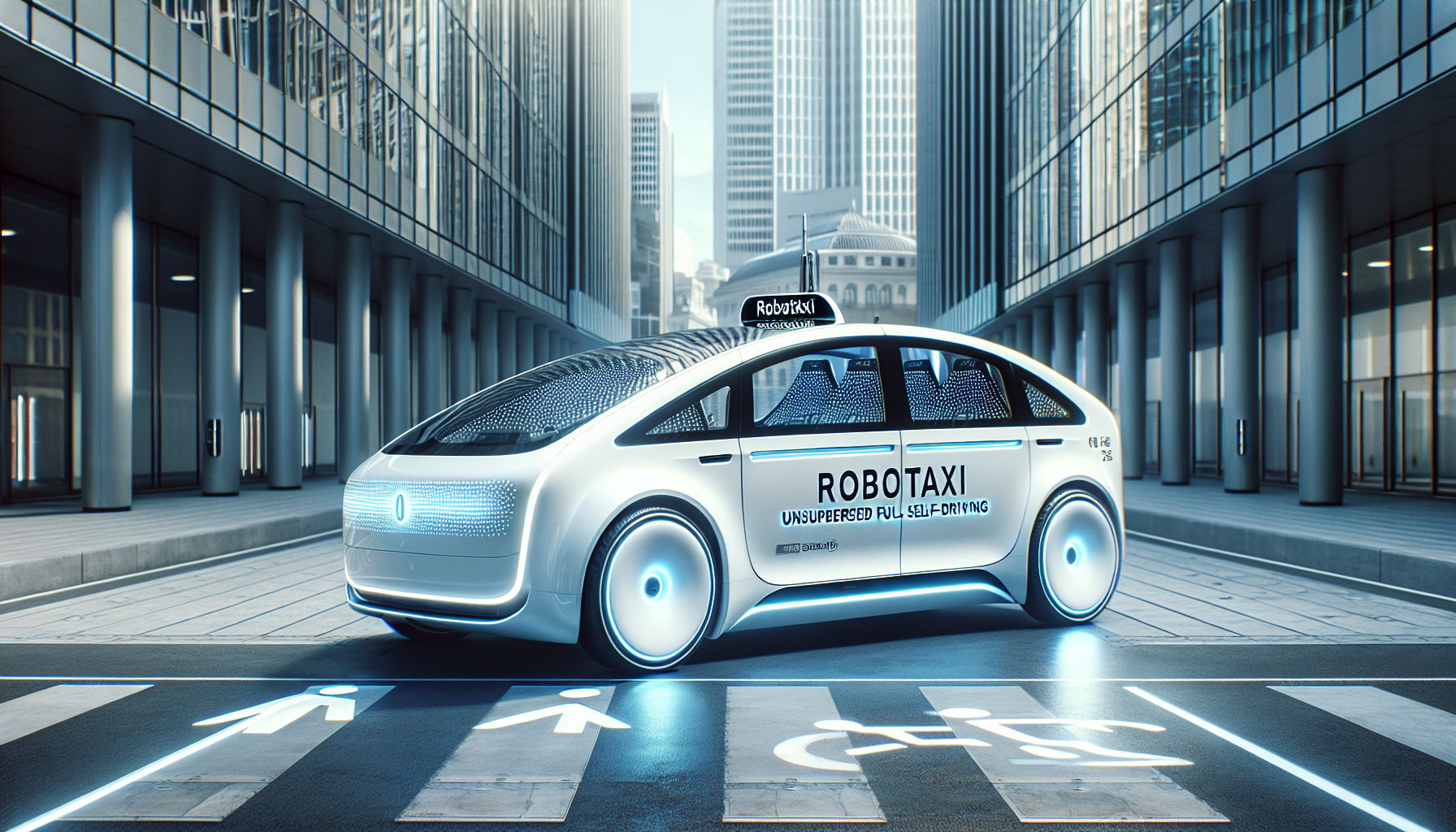Tesla Introduces Unsupervised FSD: Robotaxi Prepared, However No Passengers Aboard Yet
We independently review everything we recommend. When you buy through our links, we may earn a commission which is paid directly to our Australia-based writers, editors, and support staff. Thank you for your support!

Quick Overview: Tesla’s Launch of Unsupervised FSD
- Tesla has officially introduced unsupervised Full Self Driving (FSD) capabilities for Model Ys.
- Testing of autonomous driving in Austin, Texas, has reported no incidents.
- The launch of robotaxi services is expected on June 12th in Austin.
- Tesla has achieved a milestone with its camera-only strategy for autonomous driving.
- There is potential economic disruption for traditional taxis and rideshare services.
Tesla Reveals Unsupervised Full Self Driving
Tesla has officially rolled out its Full Self Driving (FSD) function in unsupervised mode, marking a crucial milestone in the autonomous vehicles landscape. Elon Musk stated that multiple Model Ys have been operating autonomously for several days, navigating the streets of Austin, Texas, without any issues.

The Path to Complete Autonomy
For almost a decade, Tesla has led the charge in autonomous vehicle development. The recent ‘We Robot’ event highlighted autonomous rides for the public, paving the way for unsupervised FSD. Clips have surfaced showing Teslas independently moving from production facilities to parking lots in controlled environments.
Testing in Austin: A Safety Milestone
Recent evaluations on public roads in Austin have shown Tesla’s Model Ys functioning without drivers or overseers, achieving zero incidents. This achievement, accomplished before the planned June launch of the Robotaxi service, underscores the effectiveness of Tesla’s camera-only computer vision system.
Economic Effects and Future Outlook
The launch of a driverless Robotaxi service is poised to transform the transportation industry. With low production costs and reduced operational expenses, Tesla’s offering could significantly challenge established competitors such as traditional taxis, Uber, and Waymo.
Community Feedback and Next Steps
Local community members have taken and shared photographs of the Robotaxis in operation, reflecting Tesla’s developments. With the initial customer delivery from factory to user expected shortly, attention is now shifting to broadening the service to additional areas and clientele.
Conclusion
Tesla’s introduction of unsupervised Full Self Driving technology represents a critical juncture in automotive advancement. With successful trials in Austin and an upcoming Robotaxi debut, Tesla is establishing new benchmarks in autonomous driving. The wider implications of this technology on the economy and transportation sector will unfold as it expands.
